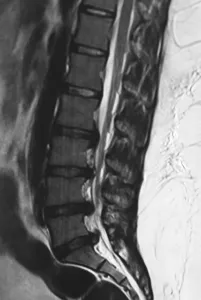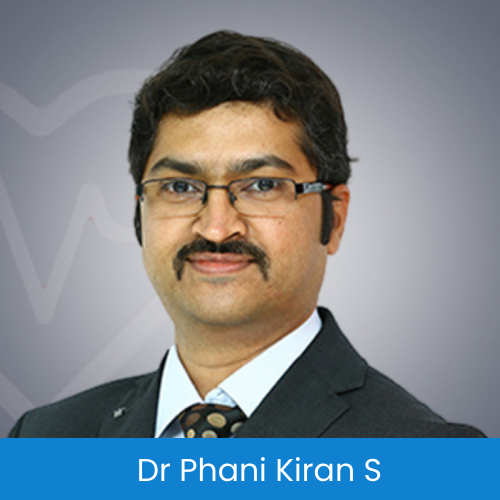Disc related problems are usually associated with adults and elderly age group patients. But it may surprise you to know that it also occurs in young boys and girls in the later half of their teenage, although it is not as common as in adults. One of the common reasons is a significant trauma like a fall or a sports injury that causes disc injury and prolapse. But there is a section of teenagers who can develop disc prolapse without any trauma, mainly due to genetic predisposition.

Some of them have a variation in the anatomy of segments on the lower spine that puts one of the discs at risk of higher stresses and an accelerated wear and tear leading to a disc prolapse at a young age. Another reason is a genetic variations that can lead to accelerated disc degeneration at multiple levels in the entire spine. Multiple level lumbar disc prolapses at a young age are commonly found in such patients. A strong family history of similar problems is almost always there in such patients. Multiple level disc problems can lead to loss of normal curvature of the lumbar spine and result in a flat back or a bend to one side in some adolescents.
Though the symptoms and signs are similar to that we see in an adult, there are some peculiarities in the adolescents with a disc prolapse.
Disc prolapse after trauma is usually very painful and may not respond well to conservative management, as there may be an associated cartilage damage in the bone adjacent to the disc prolapse. They are more likely to need surgical treatment compared to an adult with acute disc prolapse.
Treatment of a teenager with disc prolapse without a history of trauma is similar to that of adults. Many of them respond well to medical treatment and physiotherapy but early surgical treatment is recommended in those with neurological deficits or severe back or leg pain or persisting pain beyond 4 to6 weeks that is not responding to non-surgical treatment.
Minimally invasive procedures like percutaneous endoscopic discectomy give excellent outcomes in such patients as there is very less muscle damage. They usually recover very fast and can get back to a normal life within a few weeks time, with a few precautions in the initial few months to prevent recurrence of disc prolapse.
Exercises to improve the core muscle strength and education about good posture are important to get back to active physical activities, including sports and to minimise the chances of back related problems.
Any teenager with significant back pain or radiating pain in the legs could be having a disc prolapse and needs a proper clinical evaluation by a spine surgeon.

With years of experience in spine surgery, Dr Phani Kiran S, Senior Consultant Spine Surgeon will assess you and suggest the treatment option that is right for you.
We at Medspine clinics, understand the importance of educating all our patients about the spinal problems and the most effective ways to take care of their spine.
The Ortho Clinic: Monday, Wednesday, Friday, Saturday.
Ojas Health: Tuesday, Thursday
© Copyright 2024 MedSpine. All Rights Reserved. Build with 🤍 by Digital GYB
WhatsApp us